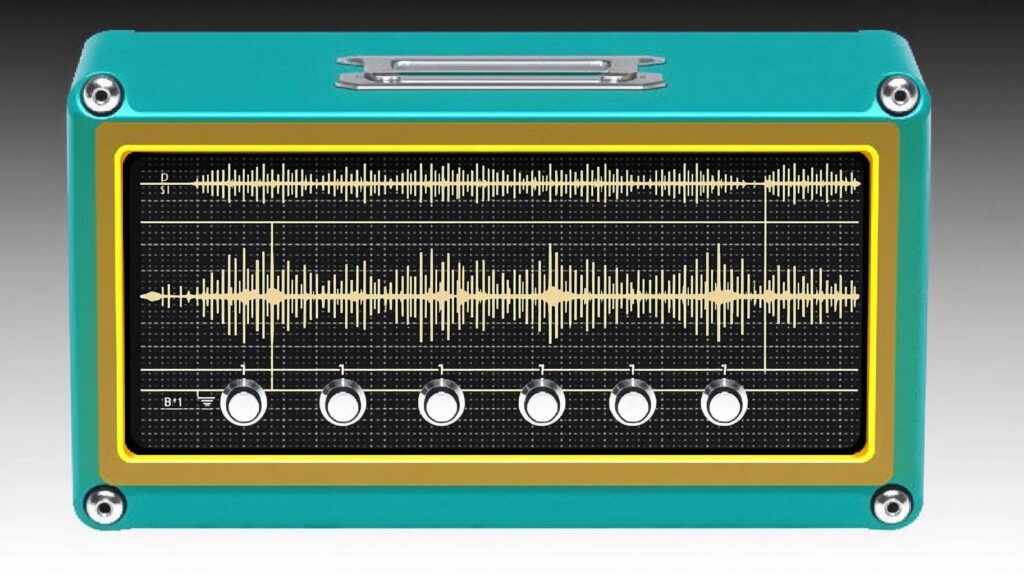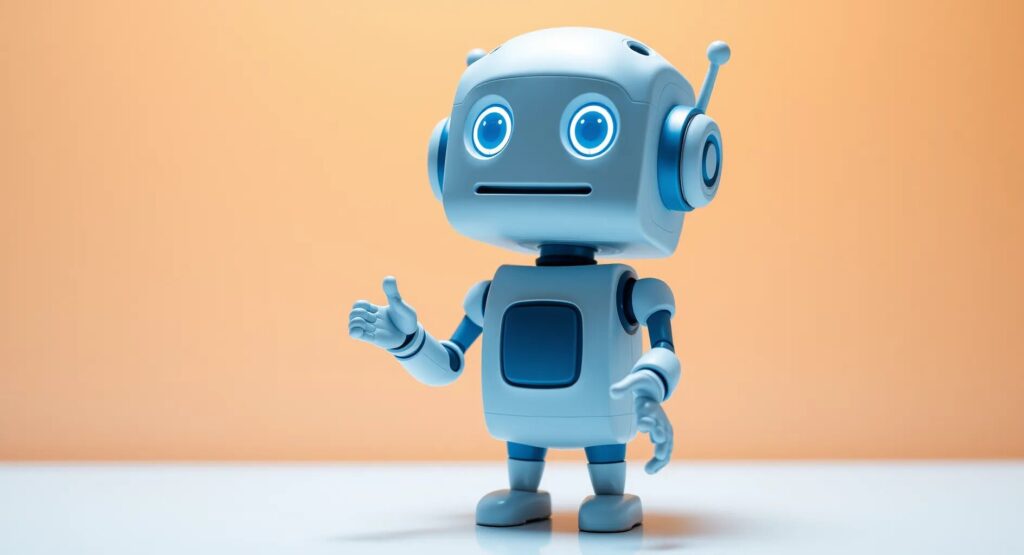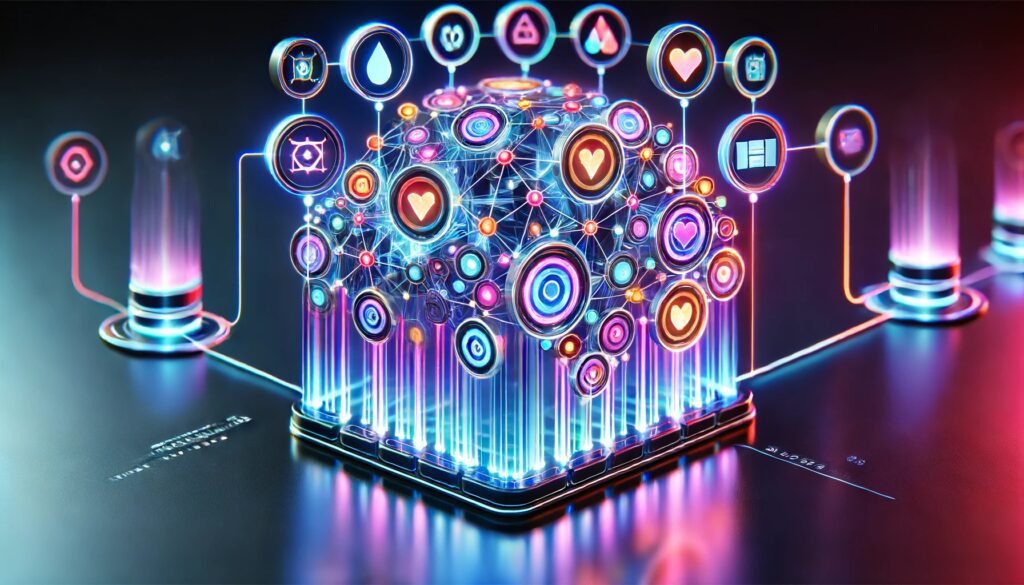
Speech synthesis is no longer just about robotic voices reading text aloud. Today, it’s about crafting custom, realistic voices that can reflect a person’s unique tone and style.
As the world becomes more digital, speech synthesis is reshaping how we interact with technology. It’s not only enhancing convenience but also enabling deeper, more personalized experiences across various sectors.
Revolutionizing Communication with AI Voice Technology
The latest speech synthesis technology is groundbreaking. It allows AI to mimic the tone, inflection, and rhythm of human speech in an uncanny way. These personalized voices have made communication smoother for those who rely on assistive technologies, such as voice assistants and navigation systems.
What’s exciting is how AI can now generate custom voices based on a person’s distinct speech patterns. Imagine creating a voice for your smart device that sounds just like a favorite celebrity—or better yet, a version of your own voice! This gives brands, content creators, and even individuals an opportunity to craft a unique identity.
With deep learning algorithms at play, these synthesized voices sound natural, with dynamic shifts in pitch and speed that mirror real human conversations. This realism has significantly improved user experiences.
The Growing Role of Custom Voices in Business
For businesses, custom voices are opening new doors. Brands are starting to use AI-generated voices in their marketing strategies to build deeper connections with customers. Instead of relying on generic digital voices, companies can now create branded voices that align with their messaging and tone.
It’s particularly transformative for industries like customer service, where personalized voices enhance communication. Businesses can even program a unique voice to handle customer support interactions, making the experience feel more relatable and friendly.
Moreover, voice synthesis is proving useful in areas like entertainment and gaming. Game developers can use personalized voices to build immersive characters that resonate with players. Similarly, content creators in podcasts and video production can create unique auditory experiences that keep audiences engaged.
Helping Individuals with Disabilities Find Their Voice
Speech synthesis isn’t just about convenience or branding. It also has a profound impact on the lives of people with disabilities. For individuals who are non-verbal or who have lost their ability to speak, personalized voices offer a way to communicate with the world in a way that reflects their identity.
Assistive technologies are now enabling users to record snippets of their own voice, which can then be expanded into a fully-functioning voice synthesis model. This gives them the power to speak in a voice that’s truly their own, even when using a communication device.

Innovations in this field are also helping individuals with speech impairments to use voices that better represent who they are, rather than relying on the standard synthetic options available in the past. This personalized touch offers not just functionality, but also dignity.
Overcoming Challenges in Speech Realism
While the progress is remarkable, creating realistic, custom voices does come with challenges. One hurdle is making sure that the synthesized voice retains the nuances that make human speech unique. Even slight fluctuations in tone or mispronunciations can make a voice sound mechanical.
To combat this, developers are using neural networks to analyze enormous datasets of human speech. These networks break down the complexities of language—such as intonation, pace, and volume—and then replicate those subtleties in synthesized speech.
Another challenge is ensuring that voices don’t sound too “perfect.” The slight imperfections in real speech, like pauses and stutters, are actually what make a voice sound human. This balance between fluency and natural imperfections is a key focus for developers.
The Ethics of Custom Voice Synthesis
As with any groundbreaking technology, there are ethical questions surrounding voice synthesis. The ability to clone voices raises concerns about potential misuse. For example, with enough audio data, it’s possible to recreate anyone’s voice—raising fears about deepfake technology and impersonation.
Companies in the voice synthesis field are working on safeguards to prevent misuse. Some are developing ways to watermark synthetic voices, so they can be identified as such. Others are emphasizing strict data privacy protocols to ensure that voice samples are used ethically.
Despite these concerns, the benefits of personalized voices far outweigh the risks. They hold the potential to enhance digital experiences in profound ways, making interactions feel more human.
Personalized Voices in Healthcare: Changing the Game
The healthcare industry has seen a surge in adopting personalized speech synthesis. Voice assistants are already helping doctors and nurses manage schedules, look up patient records, and even interact with patients. But personalized voices go a step further.
For patients who are bedridden or undergoing long-term treatment, customized voice assistants offer comfort and companionship. These voices can be programmed to sound familiar or friendly, making the hospital experience less isolating.
Additionally, healthcare professionals can use personalized voices in rehabilitation settings. For patients recovering from speech impairments, hearing a voice that feels tailored to their needs can be an incredible motivator in the healing process.
Transforming Language Learning with Speech Synthesis
One of the most exciting uses for realistic speech synthesis is in language learning. Custom voices can be created to mimic native accents and dialects, offering learners a more authentic experience. Instead of relying on generic voice recordings, language apps can now provide a dynamic and varied speech model that helps users pick up nuances.
This personalization also extends to learning environments where students with different learning styles can benefit from synthesized voices adapted to their pace and preference. Whether it’s slower, more deliberate speech for beginners, or faster, more conversational tones for advanced learners, personalized voices are enhancing the learning experience in ways that were unimaginable just a few years ago.
The Future of Voice Synthesis in Everyday Life
As voice synthesis continues to evolve, it will become an even bigger part of our daily lives. From smart home devices that greet us with our personalized voice when we walk in the door, to virtual assistants that communicate in a voice that feels like our own, the possibilities are endless.
This rise of hyper-personalized voice technology is reshaping how we connect with machines—and with each other. It’s bringing a human touch to the digital world in ways we could have never predicted, making it an exciting time to see where this technology will lead next.
Is Your Brand Ready for a Custom Voice?
For businesses that want to stand out, adopting a personalized voice strategy could be a game-changer. In an increasingly digital world, having a custom voice will soon be as important as having a recognizable logo or slogan.
Brands should begin thinking about how their voice will sound—literally. Creating a unique voice identity can boost brand recall and build stronger emotional connections with consumers. As the competition grows in the voice space, companies that fail to adopt personalized voice solutions may find themselves falling behind.
Voice Synthesis and Entertainment: A New Frontier
Entertainment is perhaps one of the most exciting arenas for voice synthesis. Imagine a movie where actors don’t have to record every line, but their voice can still be present in scenes that require alternate takes. Or video games where characters speak differently based on the player’s actions, thanks to customized voice synthesis.
This tech is opening up creative possibilities like never before, blurring the lines between what’s real and what’s synthetic. Voice actors could potentially create lifelike voices for roles without needing to record for hours. Similarly, directors can now fine-tune how a character speaks without needing to redo entire scenes.
Resources
NVIDIA on Voice AI
NVIDIA has been a key player in developing deep learning models for voice synthesis, focusing on AI that powers natural-sounding voices for various industries.
NVIDIA’s Advances in AI-Generated Speech
MIT Technology Review
This source explores the future of speech synthesis, including the challenges and ethical concerns surrounding deepfakes and voice cloning.
The Risks of AI-Generated Speech





